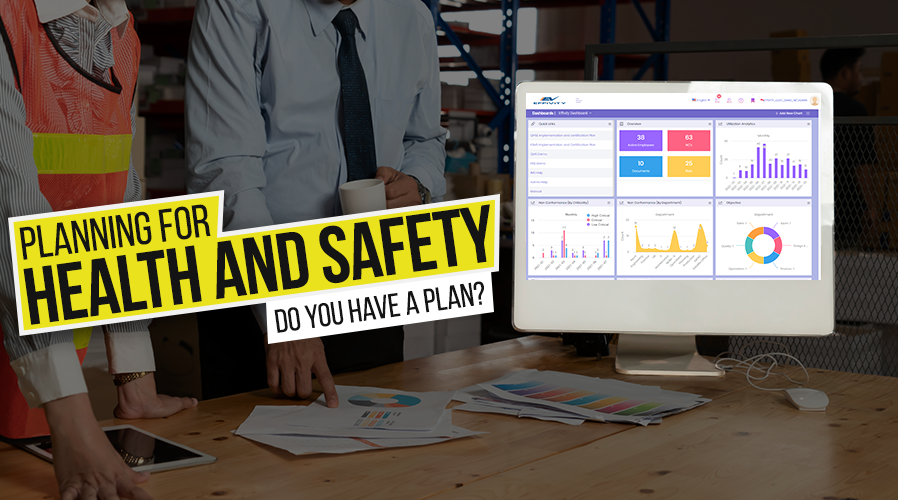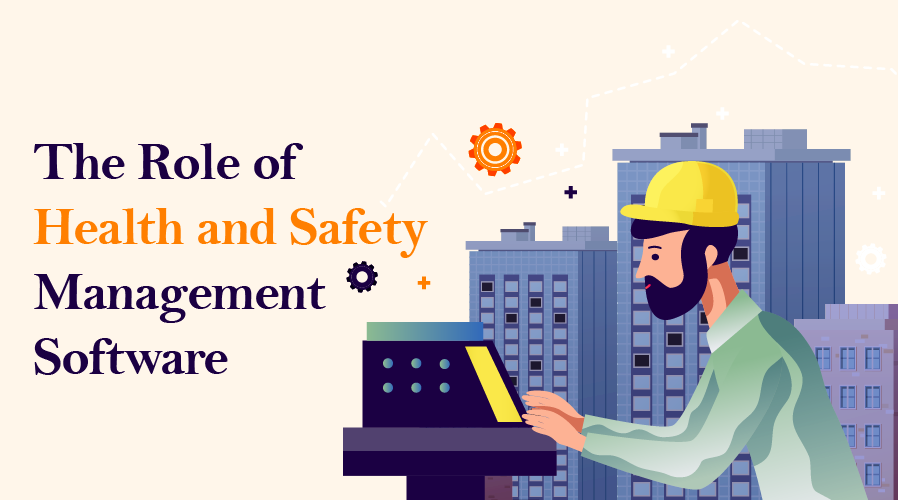In ISO 9001, monitoring and measurement are two terms often mistaken for each other. Their similar objectives and interconnected techniques can be highly confusing for businesses dealing with quality management system for the first time.
In this blog, we’ll dive right into the difference between monitoring and measurement in ISO 9001—definitions, objectives, and activities.
But before that, let’s take a detour to clause 9.1.1 of ISO 9001 which explains the concept of monitoring and measurement.
ISO 9001 Clause 9.1.1: A Quick Overview
“Evidence-based Decision Making” is one of the 7 principles of ISO 9001:2015 . It stresses the importance of data-driven insights to make decisions rather than assumptions.
Clause 9.1.1 of the standard puts this principle to the core by covering 4 crucial phases of gathering the evidence—monitoring, measuring, analyzing, and evaluating.
It emphasizes on:
- What needs to be monitored and measured
- Monitoring and measuring activities/methods
- Time and frequency of measurement
- When and how to analyze and evaluate
The goal is to compare the current results of the QMS processes with the desired results to assess their alignment with the quality objectives set in the beginning.
What Is Monitoring in ISO 9001?
Monitoring refers to the act of observing or surveilling something continuously. This can be an entire system, a process, or a task.
The aim is to determine and document the status of the aspect being monitored for measurement, data analysis, and evaluation .
Objectives of Monitoring:
1. Early Detection of Non-conformities
By constantly monitoring the quality management system, businesses can detect issues and deviations as and when they arise. This leads to quick resolution while promoting a culture of proactive risk management .
2. Focus on Trends
Monitoring helps identify patterns and trends over time as live data is continuously recorded and stored for analysis.
Techniques for Monitoring
1. Statistical Process Control
Through this technique, organizations can monitor the stability of their processes and track variations.
2. Internal Audits
Audits help businesses understand the current situation of their QMS, thus providing a log of essential data for evaluation.
3. Data Collection
There are numerous data collection techniques through which businesses can monitor the QMS. These include recording data from feedback mechanisms, tracking key performance metrics (KPIs) , etc.
What Is Measurement in ISO 9001?
Measurement is a quantitative process that compares the QMS data with the quality objectives or set parameters. This is where businesses can catch deviations and non-conformities specifically.
Objectives:
1. Quantify QMS Performance
The essence of measurement in ISO 9001 lies in quantifying the performance of the QMS to evaluate its effectiveness. This aids in providing concrete data for analysis and decision-making.
2. Benchmarking
Businesses can verify alignment with compliance standards, regulations, and quality processes by comparing the performance metrics data with the ideal parameters.
Techniques for Monitoring:
1. Testing
Controlling inspections and testing gives an insight into the functionality of a product and compliance.
2. Dimensional Measurement
Employees can physically check the products against the dimensional specifications set by the business using various tools, instruments, and equipment.
3. Process Capability Analysis
This technique is useful for determining the capability of a process to produce products that are in accordance with the set parameters.
Monitoring vs. Measurement: Key Differences
Let’s take a quick look over the key differences between monitoring and measurement in ISO 9001 :
1. Purpose
Monitoring can be a qualitative as well as a quantitative process. Measurement, on the other hand, is strictly quantitative.
While the former aims to primarily gather all the data of the QMS for further usage, the latter acts on the data to draw a comparison between the current and the desired outcomes.
2. Tools & Techniques
Following its purpose, monitoring relies on data collection techniques like observations, checklists, questionnaires, feedback mechanisms , audits, etc.
Measurement adopts methods like checking the dimensions of a product, controlled testing, and process capability analysis to obtain precise data.
3. Frequency
One major difference between monitoring and measurement is that the former occurs continuously. Of course, there are exceptions. For example, audit procedures help monitor QMS processes, but they do not take place every second.
Measurement is done at intervals. It might be regularly scheduled or based on certain events that call for measuring the data.
Monitor and Measure Your QMS with Effivity
Effivity’s Quality Management System Software provides a no-code approach to assessing the quality of your products, services, processes, and systems.
You can continuously monitor the QMS and automatically collect data without manual labor or human errors.
Plus, our QMS allows you to measure your offerings and processes against acceptable standards and quality objectives. You can track activities within seconds, document all data with version and access control, and analyze trends.
Using Effivity QMS, you can effortlessly link measurement results to corrective actions and track progress.
So, what are you waiting for? Start a free trial today !
















